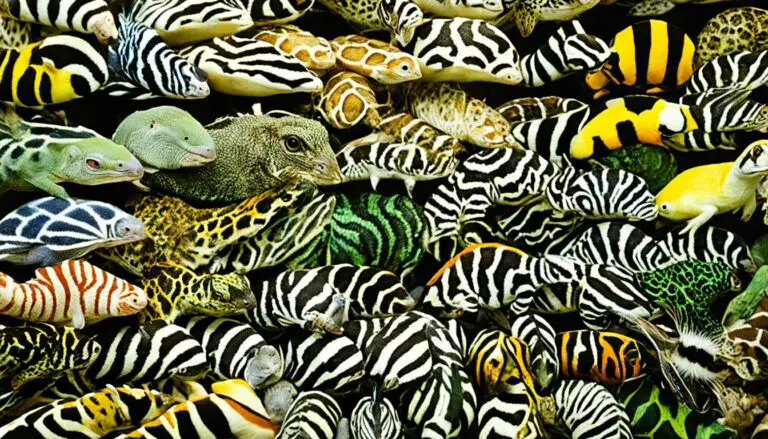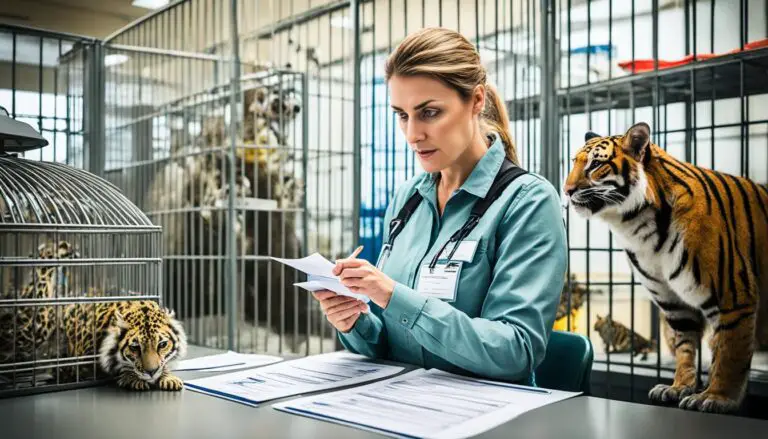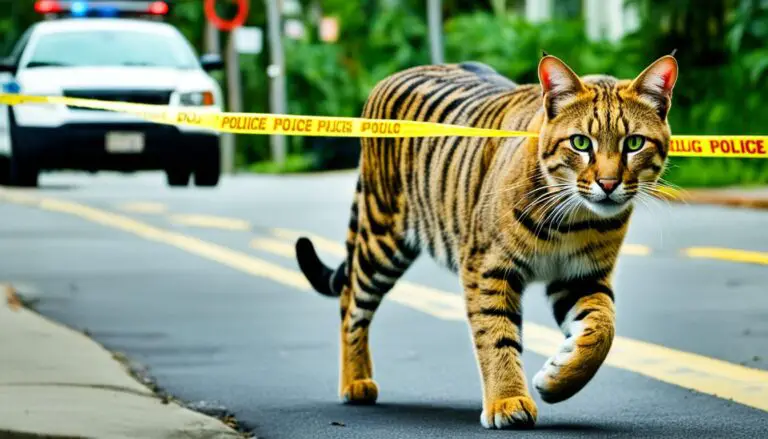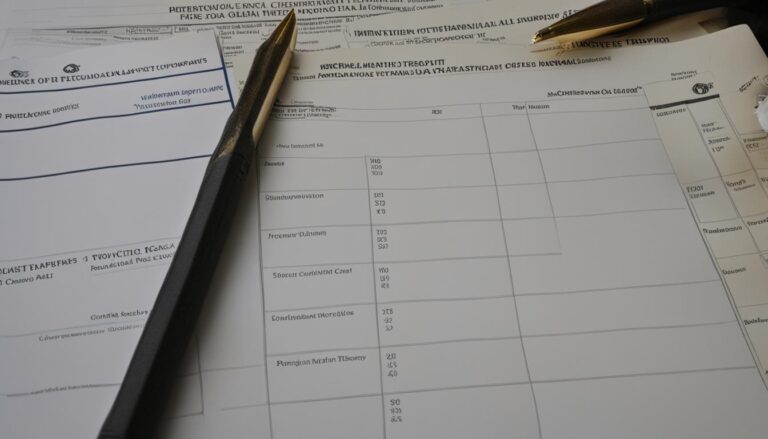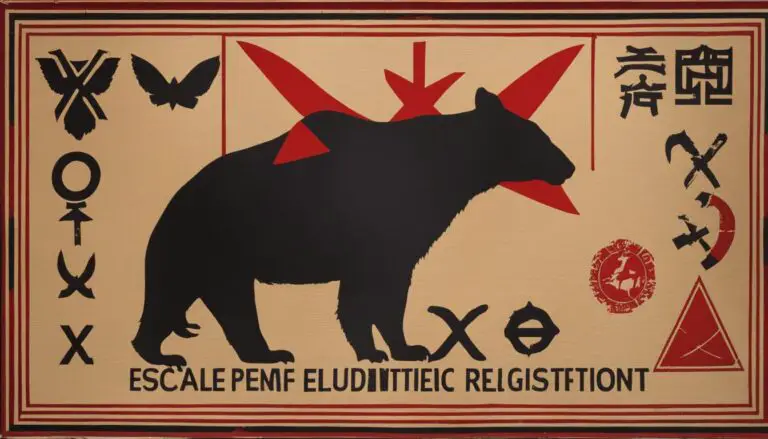Understanding Exotic Pet Smuggling Laws in the US
The illicit trade of exotic pets is a booming business that contributes to the overall illegal wildlife trade, a multi-billion dollar global black market. The demand for unique and exotic animals has increased with the rise of e-commerce and social media. While some exotic pets are bred in captivity, many are illegally captured from the wild. This trade has devastating effects on animal populations and poses risks to both humans and animals involved. Efforts to combat the trade include international regulations such as the Convention on International Trade in Endangered Species of Wild Fauna and Flora (CITES), as well as educational initiatives by nonprofit organizations.
Key Takeaways:
- Exotic pet smuggling is a part of the illegal wildlife trade, which is a global black market.
- The demand for exotic pets has grown due to e-commerce and social media.
- Many exotic pets are captured illegally from the wild, causing harm to animal populations.
- International regulations like CITES aim to combat exotic pet smuggling.
- Nonprofit organizations play a role in raising awareness and educating the public about the harms of the exotic pet trade.
The Origins of Exotic Pets
Exotic pets can come from different sources, including captive breeding programs and direct capture from the wild. Captive breeding is a process where animals are bred in controlled environments, such as zoos or private facilities, with the goal of supplying the demand for exotic pets while protecting wild populations.
Captive breeding allows for the production of animals that have never been in the wild, reducing the impact on natural populations. This method also ensures that exotic pets are more accustomed to human interactions, potentially making them easier to care for as pets. However, there are challenges in distinguishing between captive-bred animals and those taken directly from the wild, which can result in the illegal trade of wild-caught animals.
On the other hand, wild-caught animals are directly taken from their native habitats and sold as exotic pets. This practice involves capturing animals from the wild and often causes harm to both the captured individuals and the overall population. It can lead to a decline in wild populations, disrupt ecosystems, and contribute to the spread of diseases.
The demand for exotic pets plays a significant role in driving the trade. Social media platforms, in particular, have become influential in showcasing exotic pets and creating a market for them. Online platforms allow sellers to reach a wider audience, making it easier for individuals to find and purchase exotic pets. This increased exposure and accessibility contribute to the growth of the exotic pet trade.
Understanding the sources of exotic pets is crucial for addressing the issues surrounding their trade. By promoting responsible pet ownership and supporting captive breeding programs, we can help ensure the welfare of these unique animals while safeguarding wild populations.

The Impact of Exotic Pet Demand
The demand for exotic pets has led to significant environmental and ethical concerns. It drives the capture of animals from the wild, contributing to population declines and ecological imbalances. Additionally, the exotic pet trade often involves illegal activities, such as smuggling and trafficking, which have broader implications for wildlife conservation.
| Environmental Impact | Ethical Concerns |
|---|---|
|
|
“By understanding the origins of exotic pets and the impact of their demand, we can work toward responsible choices that prioritize the welfare of animals and the conservation of biodiversity.” – Dr. Jane Williams, Wildlife Conservation Expert
Risks and Impacts of Exotic Pet Ownership
Owning an exotic pet comes with various risks and impacts. These animals retain their wild instincts, even when born into captivity, and can pose a threat to humans. Exotic pets also face challenges in captivity, including inadequate living conditions and difficulties in finding appropriate veterinary care. The welfare of exotic pets is a significant concern, as they may suffer from stress, improper nutrition, and lack of social interaction.
There are inherent dangers associated with owning exotic pets that should not be overlooked. Some species, such as large cats or venomous reptiles, can cause serious injury or death to their owners and others. Despite their appeal, these animals are not suitable for domestication, and their behaviors can be unpredictable and potentially harmful.
The environmental impact of exotic pet ownership should also be considered. The exotic pet trade contributes to the depletion of species in their native habitats. Animals are often taken from the wild, disrupting ecosystems and endangering already vulnerable populations. Furthermore, if released or escaped, these exotic pets can establish themselves in nonnative environments, posing a threat to local wildlife and ecosystems.
“Owning an exotic pet can have severe consequences for the animal’s welfare, human safety, and the environment.”
To address these concerns, it is important to educate the public about the risks associated with owning exotic pets and promote responsible ownership. Adopting companion animals that are bred in captivity, rather than supporting the exotic pet trade, can help reduce the demand and subsequent impact on wildlife. Additionally, stricter regulations and increased enforcement are necessary to discourage the illegal trade and ensure the welfare of exotic animals.
Legal Framework for Exotic Pet Smuggling
The legal framework surrounding exotic pet smuggling in the United States is both complex and varied. Each state has its own set of regulations governing the possession, sale, and transport of exotic pets. Additionally, international regulations play a significant role in curbing the illicit trade of protected species.
One of the most notable international agreements is the Convention on International Trade in Endangered Species of Wild Fauna and Flora (CITES). CITES is a multilateral treaty designed to ensure that international trade does not threaten the survival of wildlife populations. It lists species into different appendices, with Appendix I containing the most endangered and heavily regulated species. Trade in these species is strictly prohibited, except under exceptional circumstances.
Many countries, including the United States, have implemented domestic laws that further regulate or ban the sale and possession of certain exotic animals as pets. These laws aim to protect both the well-being of the animals and the public safety.
“It is our responsibility to ensure the conservation of endangered species and prevent the detrimental effects of the illegal exotic pet trade. Stricter regulations and stronger enforcement are necessary to combat this issue effectively.”
Violations of the regulations on exotic pets, both at the state and international levels, can result in severe legal penalties. These penalties may include fines, imprisonment, or even the confiscation of the illegally owned animals. It is crucial for individuals involved in the trade or ownership of exotic pets to understand and comply with the applicable regulations to avoid legal repercussions.
Enforcing Endangered Species Laws
The enforcement of endangered species laws is the responsibility of various governmental agencies, such as the U.S. Fish and Wildlife Service (USFWS) and state wildlife authorities. These agencies work collaboratively to investigate and prosecute cases related to the illegal trade of exotic pets.
Law enforcement efforts often involve coordination with international partners to track down smuggling networks and recover smuggled animals. This collaboration aims to disrupt supply chains and dismantle criminal operations involved in the illicit exotic pet trade.
The Impact of CITES Regulations
CITES regulations have played a significant role in protecting endangered species and curbing the trade of exotic pets. By imposing trade restrictions and issuing permits for the legal trade of certain species, CITES works to ensure the sustainable use of wildlife resources and prevent overexploitation.
However, challenges still exist in effectively enforcing CITES regulations, particularly in regions where illegal wildlife trade is rampant. Continued international cooperation and efforts to strengthen enforcement mechanisms are crucial in combating the smuggling of exotic pets and upholding the principles of wildlife conservation.

Combating Exotic Pet Smuggling
Efforts to combat wildlife smuggling and promote wildlife conservation are underway through various initiatives and international agreements. Nonprofit organizations play a crucial role in this endeavor by raising awareness and advocating for responsible pet ownership.
Educating the Public
Nonprofit initiatives focus on educating the public about the negative impacts of owning exotic pets and the importance of conserving wildlife. By highlighting the dangers and ethical considerations associated with the exotic pet trade, these organizations aim to reduce the demand for exotic pets and discourage their ownership.
One such organization is the Wildlife Conservation Society (WCS), which conducts outreach programs and educational campaigns to inform individuals about the harmful effects of exotic pet smuggling. Through workshops, seminars, and online resources, WCS emphasizes the welfare of both animals and humans, promoting a deeper understanding of the conservation issues at stake.
Advocating for Wildlife Conservation
Nonprofit organizations also advocate for wildlife conservation policies and regulations that address the root causes of exotic pet smuggling. By working closely with government agencies and international bodies, these organizations strive to strengthen laws and enforcement mechanisms to prevent the illegal trade of exotic pets and protect endangered species.
“Our mission is to protect wildlife and combat wildlife smuggling. Through grassroots efforts and collaboration with local communities, law enforcement agencies, and other conservation organizations, we aim to create a world where wildlife is cherished and protected.”
Collaborative Partnerships
Nonprofit initiatives often establish collaborative partnerships with other organizations, research institutions, and governmental agencies to leverage resources, knowledge, and expertise in combatting wildlife smuggling. Through these partnerships, innovative approaches to wildlife conservation are developed, such as wildlife monitoring systems and rehabilitation programs for confiscated animals.
| Nonprofit Initiative | Description |
|---|---|
| Wildlife Conservation Society (WCS) | Focuses on research, education, and conservation efforts to protect wildlife and combat illegal trade. |
| World Wildlife Fund (WWF) | Works to protect endangered species and habitats through policy advocacy, community engagement, and law enforcement collaboration. |
| TRAFFIC | Monitors and researches wildlife trade, providing insights and expertise to combat illegal trafficking. |
By combining resources and expertise, these collaborative partnerships strengthen the fight against exotic pet smuggling and contribute to the broader goals of wildlife conservation.
Through education, advocacy, and collaboration, nonprofit initiatives are making significant strides in combating exotic pet smuggling and protecting wildlife. By promoting responsible pet ownership and raising awareness about the environmental and ethical considerations of the exotic pet trade, these organizations are working towards a future where precious wildlife species are conserved and respected.
Conclusion
Understanding exotic pet smuggling laws is crucial for the preservation of wildlife and the well-being of both humans and animals. The illegal trade of exotic pets not only has severe environmental consequences but also poses significant risks to individuals and wildlife populations. By enforcing regulations and raising awareness about the consequences of this illicit trade, we can actively contribute to wildlife conservation efforts and discourage the demand for exotic pets.
It is essential for individuals to be well-informed about the legal penalties associated with smuggling exotic pets. By respecting and abiding by the laws governing the trade, we can help protect endangered species and prevent further harm to ecosystems. Supporting initiatives that promote ethical and responsible pet ownership is also key to addressing the issue effectively.
Exotic pet smuggling laws play a critical role in combating the illegal wildlife trade. By upholding these laws and working collaboratively, we can make a significant impact on ensuring the welfare of both animals and humans, as well as safeguarding the biodiversity of our planet. Let us join hands in protecting exotic wildlife and fostering a world where wildlife conservation is prioritized and celebrated.
FAQ
What is the impact of exotic pet smuggling?
Exotic pet smuggling contributes to the multi-billion dollar illegal wildlife trade, threatening animal populations and ecosystems while posing risks to humans and animals involved.
Where do exotic pets come from?
Exotic pets can come from captive breeding programs or direct capture from the wild, with challenges in distinguishing captive-bred animals from those taken from the wild.
What are the risks and impacts of owning an exotic pet?
Owning an exotic pet poses risks to humans due to their wild instincts, while animals may face inadequate living conditions and difficulties in finding appropriate veterinary care. The trade also has significant environmental impacts.
What are the legal regulations surrounding exotic pet smuggling?
Exotic pet smuggling laws vary from state to state in the US, while international agreements like CITES aim to restrict or ban the trade of protected species.
How is exotic pet smuggling being addressed?
Efforts to combat exotic pet smuggling include international regulations, educational initiatives, and advocacy for wildlife conservation by nonprofit organizations.
Why is it important to understand exotic pet smuggling laws?
Understanding exotic pet smuggling laws is crucial for wildlife preservation and the well-being of both humans and animals, as it contributes to wildlife conservation efforts and discourages the demand for exotic pets.
Source Links
- https://www.nhes.org/exotic-pet-trade/
- https://www.animallaw.info/article/detailed-discussion-exotic-pet-trade
- https://www.nationalgeographic.com/animals/article/exotic-pet-trade
Peter Stones is the founder of Exotic Pets Place, the leading online resource for exotic pet care information.
With over 10 years of hands-on exotic pet ownership experience, he is deeply passionate about sharing his expertise to help others properly care for their unusual pets.
When he's not writing extensively researched articles or connecting with fellow exotic pet enthusiasts worldwide, you can find Peter at home tending to his own beloved menagerie of exotic animals.


